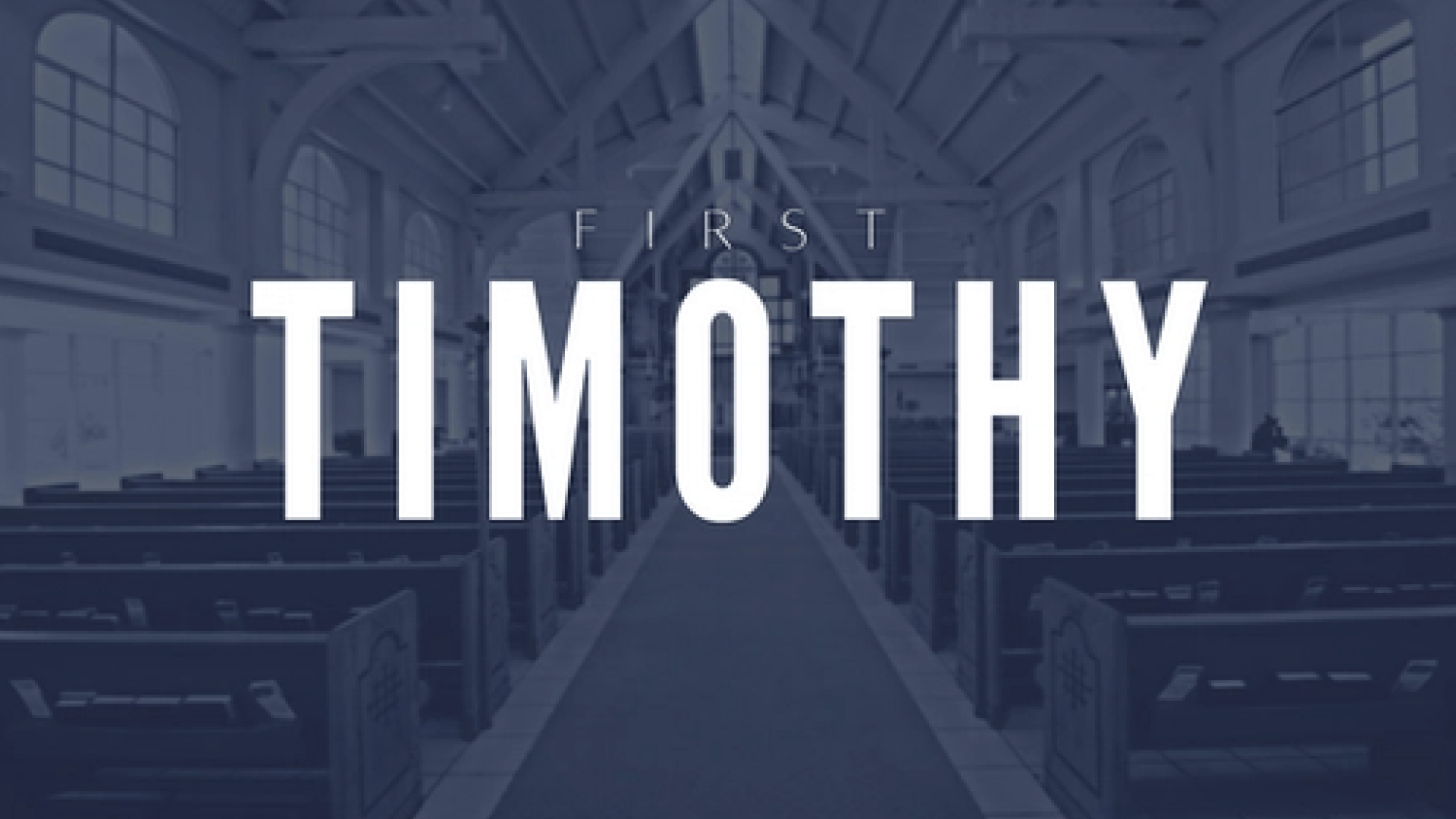1 Timothy | Leadership, sound doctrine, & godly living
1 Timothy Overview
The Book of 1 Timothy is a pastoral epistle written by the Apostle Paul to his young protégé, Timothy. Timothy was a trusted co-worker and spiritual son to Paul, and at the time of this letter, he was serving as a church leader in Ephesus. Paul’s purpose in writing was to provide guidance on how to lead the church well, guard sound doctrine, and instruct believers in godly living. Likely written around A.D. 62–64, 1 Timothy addresses both theological and practical issues that were critical to the health of the early Christian community.
Background and Context
Ephesus was a prominent city in Asia Minor known for its cultural diversity and religious pluralism. The Ephesian church faced challenges such as false teaching, disordered worship, and leadership problems. Paul had previously warned that false teachers would arise, and now that prediction had come true (Acts 20:29–30). Timothy was tasked with addressing these problems, and Paul wrote this letter to equip and encourage him for that responsibility.
This epistle, along with 2 Timothy and Titus, is part of the "Pastoral Epistles"—letters written to individuals with pastoral responsibilities rather than entire congregations. While deeply personal, 1 Timothy is filled with instruction meant to help guide church life and leadership for generations to come.
Chapter 1: Guard the Gospel
Paul opens the letter by urging Timothy to remain in Ephesus to combat false teaching. Some individuals had turned to myths, genealogies, and speculative ideas rather than focusing on the truth of the gospel. Paul stresses that the goal of true teaching is love that comes from a pure heart, a good conscience, and sincere faith.
He shares his personal testimony as a model of God's mercy. Once a blasphemer and persecutor, Paul was shown grace and entrusted with the gospel. He uses this to affirm the transforming power of Christ and to motivate Timothy to stay faithful. Paul ends the chapter by urging Timothy to "fight the good fight" and remain anchored in faith and a clear conscience.
Chapter 2: Worship and Roles in the Church
In chapter 2, Paul turns to public worship and prayer. He encourages believers to pray for all people, including kings and authorities, so that Christians might live peaceful and godly lives. God desires all people to be saved, and Jesus Christ is the one mediator between God and humanity.
Paul then addresses the roles of men and women in the church. He calls for men to pray without anger and for women to dress modestly and pursue good deeds. He also introduces a controversial but historically significant teaching about the roles of women in teaching and authority in the church, emphasizing order in worship and discipleship.
Chapter 3: Church Leadership
This chapter outlines the qualifications for two key roles in church leadership: overseers (also known as elders or bishops) and deacons. These qualifications emphasize character over charisma—leaders must be above reproach, self-controlled, hospitable, faithful in marriage, and able to teach. Deacons must also exhibit integrity and a strong grasp of the faith.
Paul explains that the church is “the pillar and foundation of the truth” and reminds Timothy of the great mystery of godliness, centered on the person and work of Jesus Christ.
Chapter 4: A Good Servant of Christ
Paul warns that in later times, some will abandon the faith and follow deceitful teachings. He describes false teachers who promote asceticism, such as forbidding marriage and certain foods, and insists that everything created by God is good when received with thanksgiving.
He encourages Timothy to be a good servant of Christ by training in godliness, which holds value for both the present life and the life to come. Paul tells Timothy not to let anyone look down on him because of his youth but to set an example in speech, conduct, love, faith, and purity. He urges Timothy to devote himself to Scripture, teaching, and preaching.
Chapters 5–6: Instructions for the Church
Paul gives practical instructions for dealing with various groups within the church: older and younger men and women, widows, elders, and slaves. He emphasizes respect, accountability, and provision, particularly for widows who are truly in need. He also warns against gossip and encourages purity in relationships.
In chapter 6, Paul turns again to false teachers who promote controversy and greed. He contrasts this with godliness and contentment, which are great gain. He famously warns that “the love of money is a root of all kinds of evil” (1 Timothy 6:10).
Paul charges Timothy to flee from materialism, pursue righteousness, and fight the good fight of the faith. He reminds him of the majesty of God and the soon return of Christ. The letter ends with a final exhortation to guard what has been entrusted to him and to avoid godless chatter and false knowledge.
Themes and Legacy
Key themes in 1 Timothy include sound doctrine, godly leadership, church order, spiritual discipline, and the dangers of false teaching. Paul’s words offer a blueprint for healthy church life and leadership that continues to guide the global church today.
1 Timothy calls every believer—especially leaders—to remain faithful, teach the truth boldly, and live with integrity in a world full of compromise.


